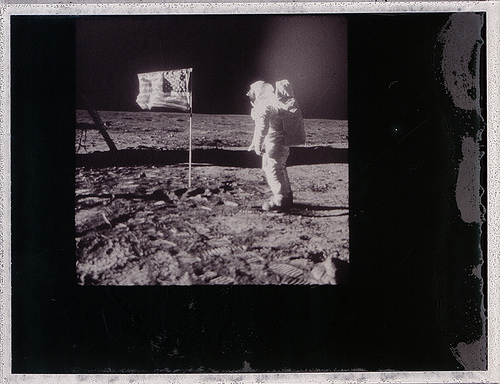Resurrecting the Apollo Lunar Mission engines

Things often happen in threes. For three weeks, Amazons founder, Jeff Bezos worked with a crew on board the Seabed Worker to lift history from the sea floor, three miles below. The twisted F-1 engines were encrusted with sea life but in 1969 their polished and refined mechanics helped three men land on the moon for the first time.
There were five engines on the Apollo Saturn V rocket that propelled its small human crew into space. The engines fired for only a few seconds, pushing the capsule beyond the Earth’s atmosphere before plunging at 5,000 miles a minute into the Atlantic Ocean. Bezos was five years old at the time and joined millions worldwide a few days later, as they heard the words, “Tranquility Base here. The Eagle has landed.” when the lunar module gently set the astronauts on the moon.
A couple of years ago, Bezos reportedly began to wonder, “What if we could find and potentially recover, the F-1 engines that started mankind’s mission to the moon?” His imagination and knack for experimentation germinated during summers on his Grandparent’s ranch where he learned how to fix things by adapting. He grew up full of wonder about the world and unafraid to try new things.
The unprecedented success of Amazon is witness to those values. So it was just a matter of time before the inspiration to recover the F-1 engines began manifesting. The billionaire began coordinating a team of engineers and scientists to locate and recover the fallen engines. He's set up a website, Bezos Expeditions, where you can track the progress of all his ideas.
The excitement of his success has rippled through the scientific community. NASA’s Administrator, Charles Bolden, has congratulated Bezos and his team on the historic recovery and looks forward to their continued collaboration and furthering private access of space. In the coming months the engines will be studied and prepared for public display where they may once again inspire five-year-olds to explore not only space but the limits of human potential.
Photo courtesy of Kwanz, Flickr Creative Commons

0 comments